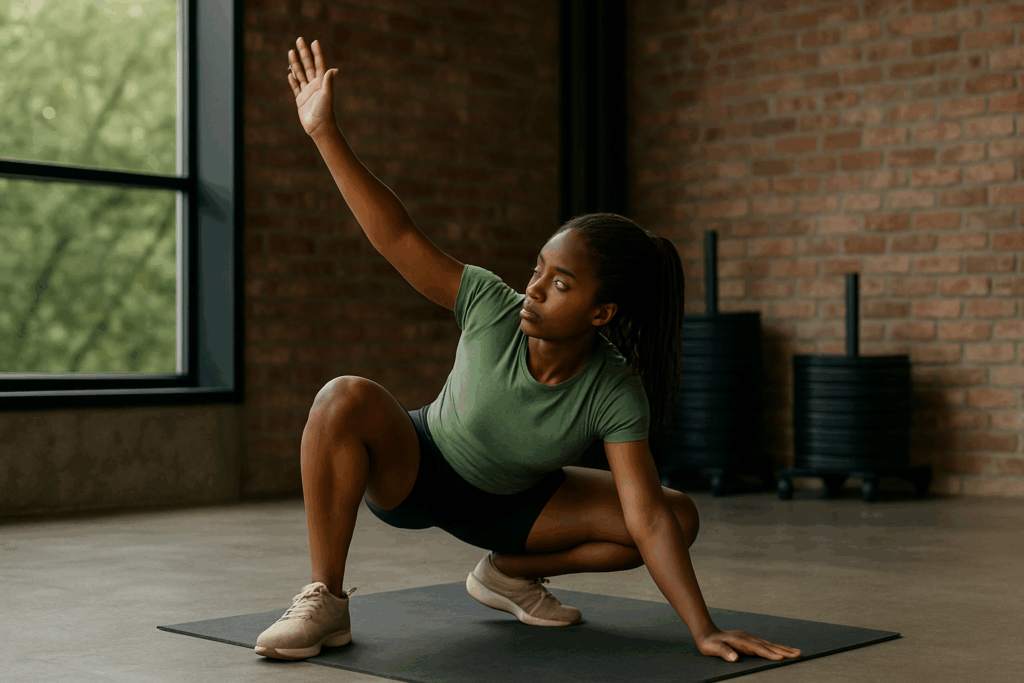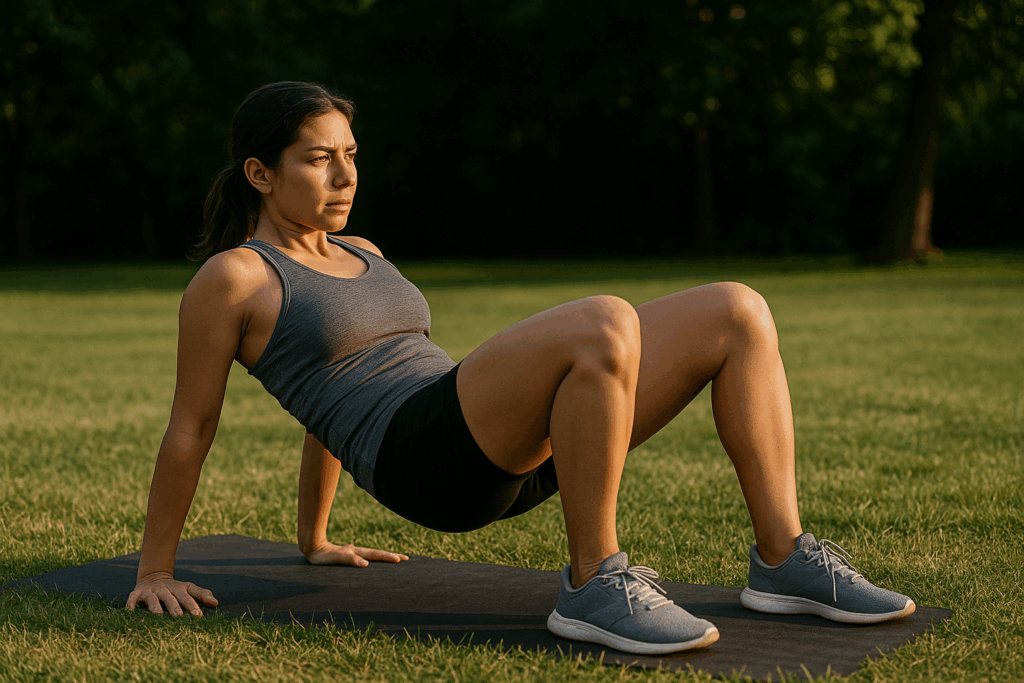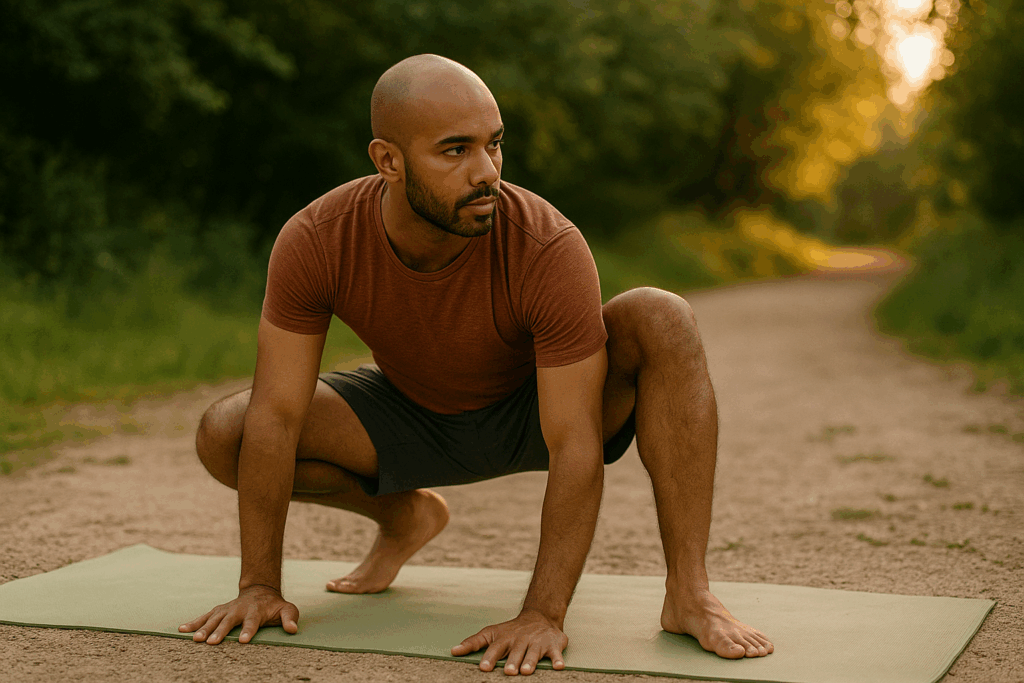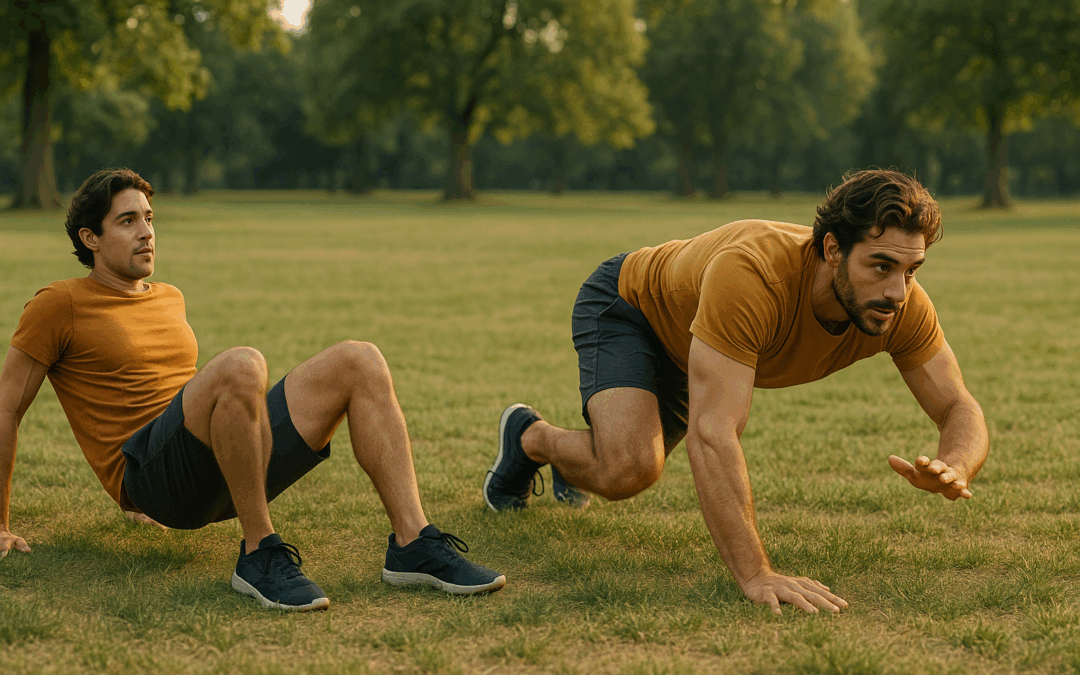In an age of high-tech gym equipment and screen-based workouts, a growing number of fitness enthusiasts are turning back to basics—way back. Primal movement training, inspired by the ways animals move in nature, taps into the body’s instinctual motion patterns to rebuild strength, coordination, and mobility. Exercises like bear crawls, crab walks, and ape swings might look playful, but they deliver serious results by activating multiple muscle groups at once and reinforcing a deep mind-body connection.
Rediscovering Natural Movement

Before desk jobs and sedentary lifestyles, human bodies moved in much more dynamic ways. Primal movement aims to reintroduce those fundamental patterns—crawling, squatting, lunging, and balancing—into our daily lives. These exercises mimic the instinctive ways animals navigate their environments and challenge the body in ways traditional workouts often overlook.
Movements like the lizard crawl or frog jump not only build strength but also help reestablish neurological pathways between the brain and body. Many participants report improved coordination, posture, and joint health after incorporating these routines. The goal isn’t just to work out, but to move better, with fluidity and purpose.
Strength, Mobility, and Mindfulness in One

One of the biggest advantages of primal movement is its holistic impact. Bear crawls build core and shoulder strength while promoting stability and endurance. Crab walks engage the glutes, hamstrings, and triceps, making them great for full-body activation. Even the deceptively simple ape reach targets flexibility and spinal mobility.
What sets these exercises apart is the integration of mobility and mindfulness. Because they require body control and concentration, they naturally encourage present-moment awareness. There’s no zoning out on a machine—primal movement demands attention, which can reduce stress and enhance focus.
How to Start Your Own Primal Practice

You don’t need a gym membership to move like an animal. Many primal exercises can be done in a living room, park, or backyard with nothing more than your bodyweight. Begin with a short routine: 30 seconds each of bear crawls, crab walks, lizard lunges, and frog jumps. Focus on form and fluid transitions between movements.
As you become more comfortable, explore flows—continuous sequences of animal-inspired moves. These flows turn exercise into something more dynamic and intuitive, often described as a mix between strength training, yoga, and play. Online tutorials and trainers specializing in primal movement can help guide your progress.
A Return to Your Body’s Roots

Primal movement is more than a trend—it’s a return to our evolutionary roots. These exercises challenge the body in ways that feel both unfamiliar and deeply natural, often revealing new areas of strength and flexibility. Whether you’re looking to upgrade your workout or just want to move with more ease and confidence, learning to move like an animal might be the most human thing you can do.

